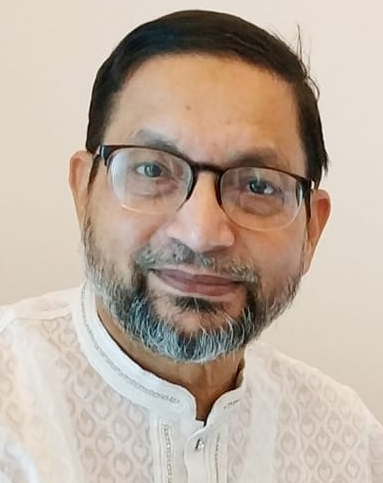Contemporary thoughts for Bangladesh to achieve universal eye health

(Continued from last day’s section)
Essential eye care -- Level I—
This helps the community to learn about eye health problems. Once the essential eye-care is done, a number of people will be identified for referral to the next level of eye-care for subjective eye examination or secondary screening to confirm the diagnosis of eye diseases. Experience suggests several options to engage communities to select their frontline workers. The selection should be done through respective organizations or institutions. It is to be mentioned that in a particular community, if primary screening is done for all, the identified people for eye-care will be available and from next year only the people who develop eye problems will need to communicate with the service providers. Ideally, such community workers need to be empowered through training and linking with eye-care hospitals which should be adequately equipped with work tools and a digital platform containing at least four key component of essential eye care at the community level. Orbis Bangladesh has been examining the potentials and opportunities of introducing “Digital Platform for Community Eye Care Workers (CECW)”as part of innovation of technology which could address many of the eye care issues at the community level. This approach empowers CECW and establishes the foundation of eye-care service delivery system including referral care. The CECW selection is critical to sustain the efforts of establishing the community level primary screening for early identification or recognition of eye health problems, educating, and linking people for timely and appropriate care, referring and follow up to complete his or her service for the community. The CECW can have options to explore and adapt methods of delivering primary eye-care services at the community level – proactive engagement with communities and stakeholders of the local community to use lowest level facilities and institutions. They could also organize household or courtyard level drives for primary screening and use Digital Platform to deliver eye-care at the lowest level.
Primary eye care -- Level II
Setting up vision center at least one for 100,000 population will be appropriate to deliver primary eye care services by mid-level eye care persons, Considering the population density, ideally Bangladesh would need 1,600 vision centers. However, there is a serious lacking in mid-level eye care workforce
The government needs to make a policy framework to develop such a cadre who can make recognition, refraction and referral as part of skills and competency. The training of such mid-level skilled eye-care cadre needs to be accredited by a national board or council which is currently absent.
Due to lack of decentralization of health sector programs at the district and below level, the people face barriers to access quality eye care services even at the primary level. It is important to reaching out to communities through a system from community to primary and above for higher management that would need a huge impetus from public-NGO-private partnership approach where development NGOs could play a vital role because of their service coverage and influence on life and livelihood changing actions. Necessary steps should be taken to train and recognize mid-level ophthalmic personnel as technicians who can provide primary level eye-care which would help task shifting to support primary level management of eye-care services. This will ultimately help ophthalmologists to focus on specialized areas and ensure quality eye-care management at the district and above. This will reduce the burden of eye patients unnecessarily who could be treated at the primary level. This will release government’s financial resources to focus on the demand side financing with a systematic manner, more innovatively in collaboration with key stakeholders from local level to district level. The most crucial aspect of the system is to find out a missing link as our current approach of eye-care service delivery system follows a passive approach that is organizing outreach camps and school screening programs and mega camps etc. to catch eye patients for treatment which is costly in terms of specialized HR engagement and spending money for providers and patients incentives. Whereby an innovative approach of developing and engaging the community based primary eye-care workers with simple technology could drastically reduce the cost of engagement of HR and financial resources also in terms of preventing wastage of engaging specialized staff who also need to do primary screening. The primary level work could be done by the community cadres (community eye care worker) who could be created through existing development NGOs or local government initiatives whichever is appropriate in the local context and also linking with the primary eye care center/vision center level and their services in the community level since the essential care at the door step for the community workers includes: identification of eye problems, listing patients and referral and follow up.
It is critical to establish both the essential and primary levels eye-care services and an effective coordination between these two levels would strengthen both supply and demand side of health systems to ensure coverage, access, quality and equitable eye-care for all.
Secondary eye care – level III
Once these two levels are functional, the most important back up is to address around 30 percent of the referred patients who might need comprehensive eye examination and treatment including surgical interventions and follow up. Of them around 5-10% complicated and complex cases may need higher level services which are provided at the advanced eye hospitals or tertiary level hospital care.
(To be continued)
Dr. Munir Ahmed is Country Director of Orbis International and a Public Health Management Specialist.




